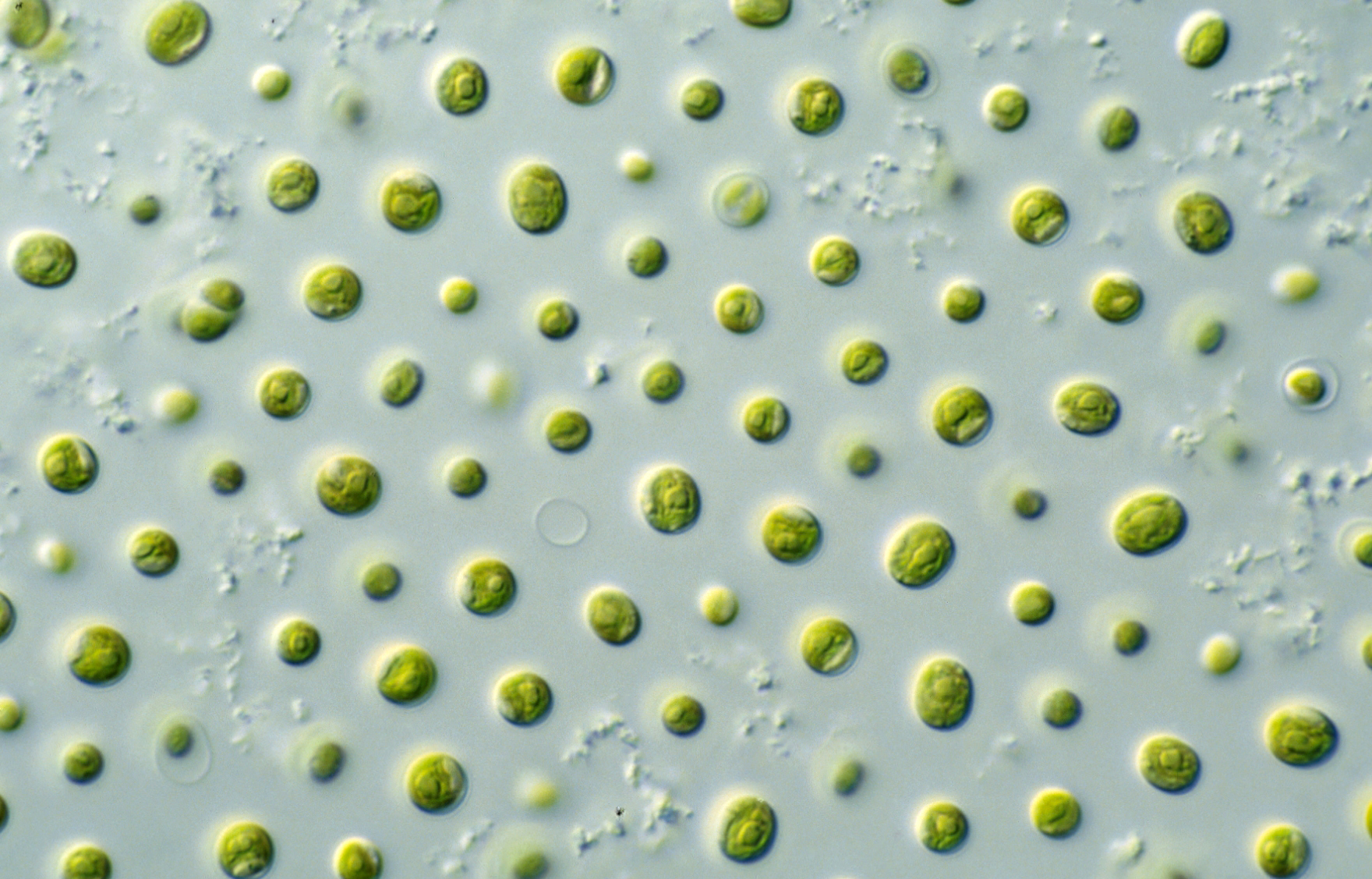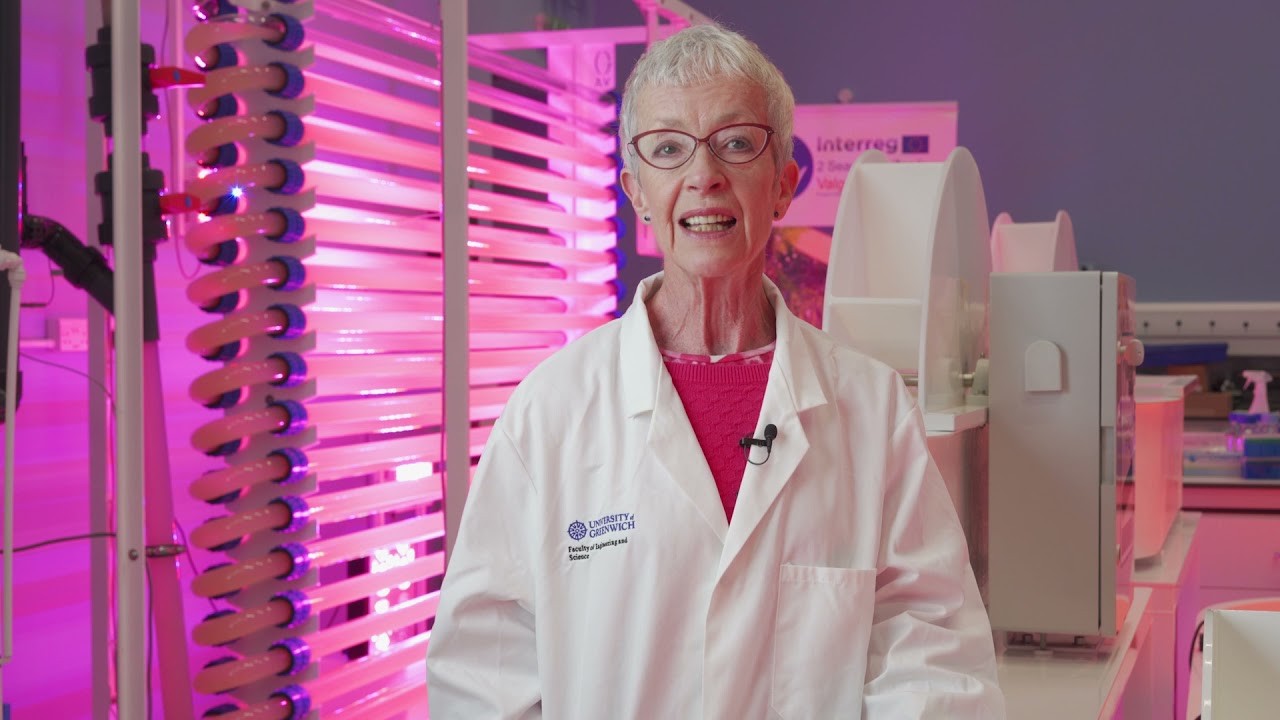Microalgae Believes To Be The Future Of Sustainable Superfoods
According to a recent research study, microalgae believes to be the future of sustainable superfoods. Due to its high protein and nutrient content, algae has caught the attention of UC San Diego researchers who think it could be the next superfood. What can you say about this discovery?
Author:Suleman ShahReviewer:Han JuJan 20, 202368 Shares1.4K Views

According to a recent research study, microalgae believes to be the future of sustainable superfoods. Due to its high protein and nutrient content, algae has caught the attention of UC San Diego researchers who think it could be the next superfood. What can you say about this discovery?
The authors argue their case in a new paper published in Frontiers in Nutrition, which reviews the research on microalgae, a catch-all word for the thousands of species of microalgae and other photosynthetic organisms like cyanobacteria found in different aquatic habitats. This analysis focuses on the present technologyfor economically generating and growing microalgae, as well as the scientific and economic hurdles to expanding production.
Algae have long been investigated as a potential biofuel source due to their high lipid (fat) content; nevertheless, their potential as a more sustainable food source has recently piqued the curiosity of scientists. Dr. Stephen Mayfield, a professor of biology at UCSD and director of the California Center for Algae Biotechnology, and the research's co-author stated:
“„Many of us have known the potential of algae for food for years, and have been working on it as a food source, but now, with climate change, deforestation, and a population of eight billion people, most everyone realizes that the world simply has to become more efficient in protein production.- Dr. Stephen Mayfield
Algae, for instance, may generate 167 times as much biomass as corn per acre per year, according to a 2014 research quoted by Mayfield and colleagues. Algae grown on land not utilized for farming are predicted by some models to have the capacity to meet the protein needs of Europe's population at a 25% replacement rate and the vegetable oil needs of the entire continent at a 50% replacement rate. The professor further added:
“„The biggest advantage is the protein production per acre. Algae simply dwarf the current gold standard of soybean by at least 10 times, maybe 20 times, more production per acre.- Dr. Stephen Mayfield
Some types of algae can even be cultivated in brackish or saline water, and in at least one case, in wastewater from a dairy plant, freeing up freshwater for other uses. As far as human nutrition goes, many different kinds of algae have been shown to contain all or almost all of the recommended daily allowances for various vitamins, minerals, and even macronutrients like amino acids and omega-3 fatty acids.
There are still obstacles to overcome, the first of which is finding or producing algae strains with optimal growing circumstances in termsof land use, water requirements, and nutrient inputs in addition to the usual high biomass yields, high protein content, and complete nutrition profile. The UC San Diego researchers detail the scientific methods at their disposal for generating the optimal characteristics for a marketable algae product. One published study, for instance, outlined the use of specific genetic alterations to increase levels of astaxanthin, an antioxidant pigment with multiple healthadvantages.
Growing a new strain of algae in inexpensive, easy-to-obtain sweet sorghum juice led to significant increases in biomass yield and protein content thanks to a mutagenic experiment. Mayfield predicted that traditional breeding and molecular engineering would be necessary for the commercial creation of a superior algal crop. If we develop crops in this way, Mayfield argues, we can expect algae to be developed in the same way.
Is Microalgae A Future Sustainable Food Source?

Microalgae: sustainable food source of the future?
Final Thoughts
There are other factors besides nutrition and productivity to think about. Changing the appearance, flavor, and aroma of fish could persuade more people to try it. Other investigations have shown that it is possible to alter these organoleptic properties while increasing protein content in new strains of algae.
Mayfield said that the biggest challenge for commercial development isn't always scientific, technical, or aesthetic. Instead, it's being able to produce on a global scale.
Mayfield said that the need for alternative food systems has never been more important than it is now because the number of people is growing and resources and systems are being pushed to their limits. He added:
“„The only way to avoid a really bleak future is to start transitioning now to a much more sustainable future, and algae as food is one of those transitions that we need to make.- Dr. Stephen Mayfield

Suleman Shah
Author
Suleman Shah is a researcher and freelance writer. As a researcher, he has worked with MNS University of Agriculture, Multan (Pakistan) and Texas A & M University (USA). He regularly writes science articles and blogs for science news website immersse.com and open access publishers OA Publishing London and Scientific Times. He loves to keep himself updated on scientific developments and convert these developments into everyday language to update the readers about the developments in the scientific era. His primary research focus is Plant sciences, and he contributed to this field by publishing his research in scientific journals and presenting his work at many Conferences.
Shah graduated from the University of Agriculture Faisalabad (Pakistan) and started his professional carrier with Jaffer Agro Services and later with the Agriculture Department of the Government of Pakistan. His research interest compelled and attracted him to proceed with his carrier in Plant sciences research. So, he started his Ph.D. in Soil Science at MNS University of Agriculture Multan (Pakistan). Later, he started working as a visiting scholar with Texas A&M University (USA).
Shah’s experience with big Open Excess publishers like Springers, Frontiers, MDPI, etc., testified to his belief in Open Access as a barrier-removing mechanism between researchers and the readers of their research. Shah believes that Open Access is revolutionizing the publication process and benefitting research in all fields.

Han Ju
Reviewer
Hello! I'm Han Ju, the heart behind World Wide Journals. My life is a unique tapestry woven from the threads of news, spirituality, and science, enriched by melodies from my guitar. Raised amidst tales of the ancient and the arcane, I developed a keen eye for the stories that truly matter. Through my work, I seek to bridge the seen with the unseen, marrying the rigor of science with the depth of spirituality.
Each article at World Wide Journals is a piece of this ongoing quest, blending analysis with personal reflection. Whether exploring quantum frontiers or strumming chords under the stars, my aim is to inspire and provoke thought, inviting you into a world where every discovery is a note in the grand symphony of existence.
Welcome aboard this journey of insight and exploration, where curiosity leads and music guides.
Latest Articles
Popular Articles